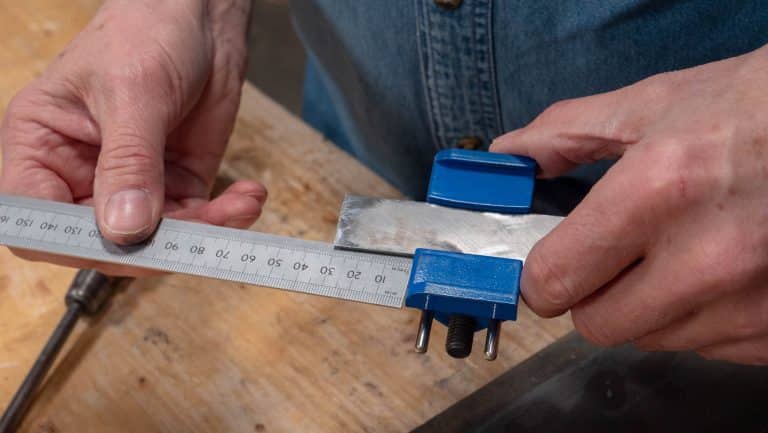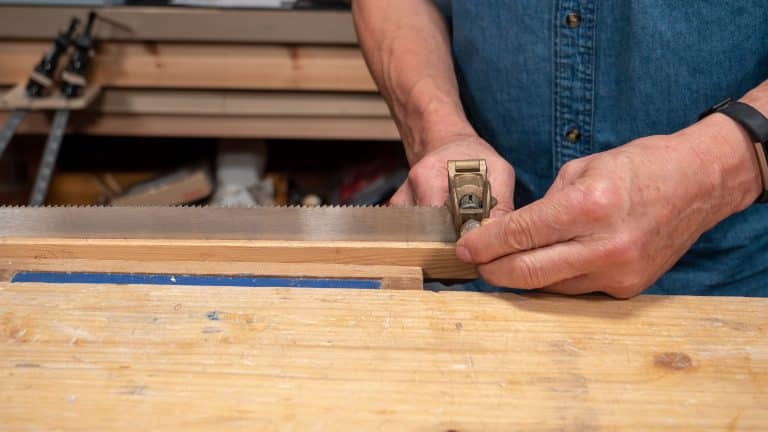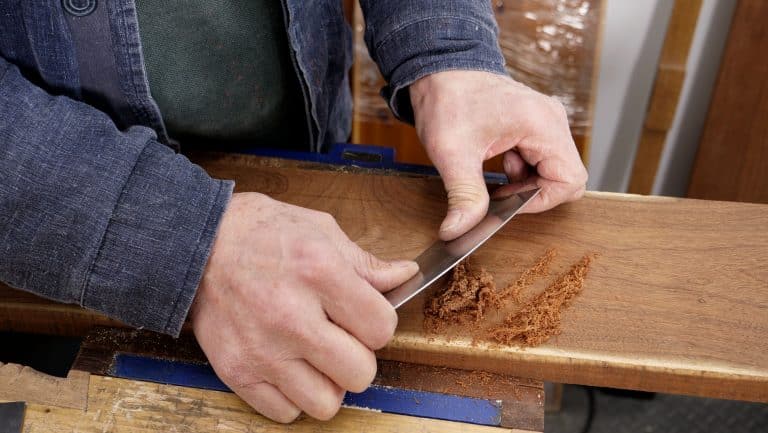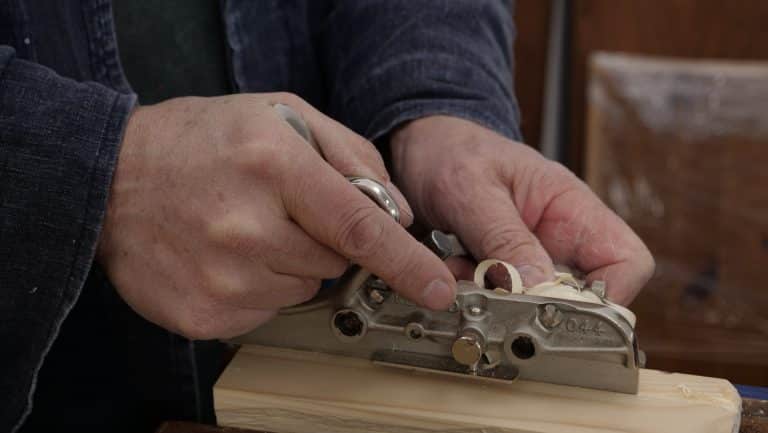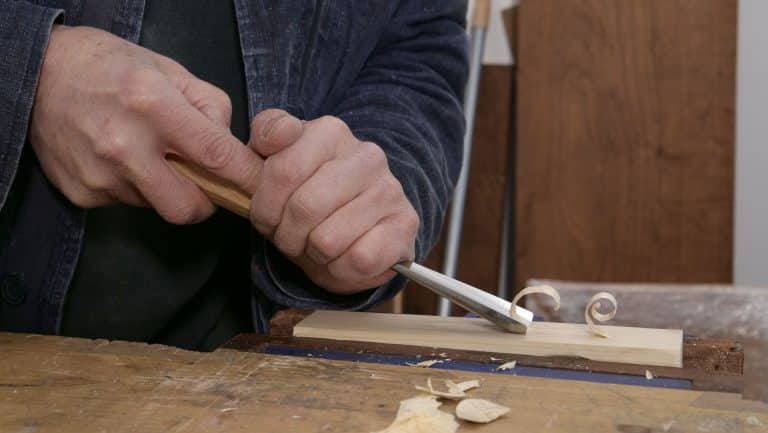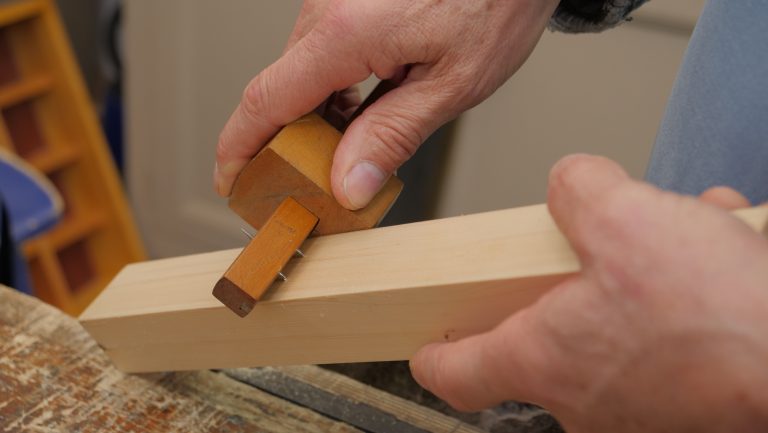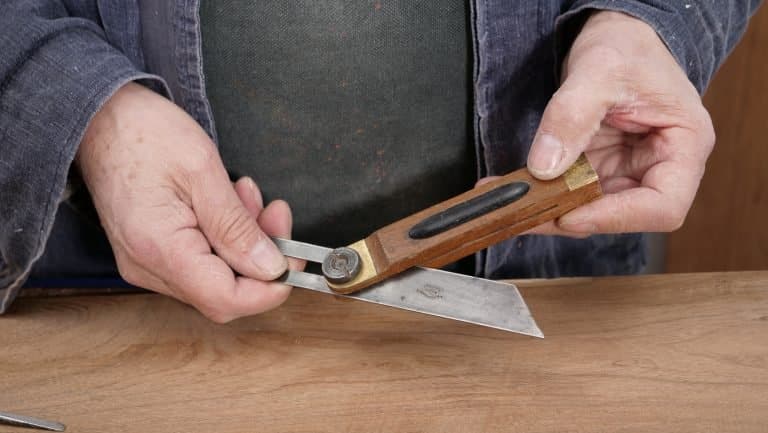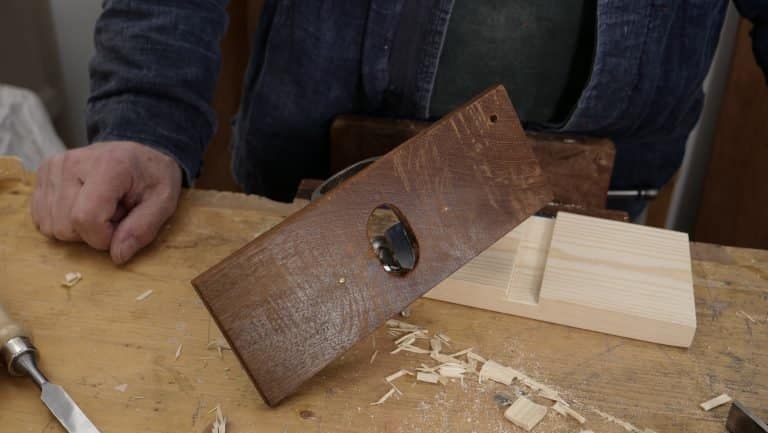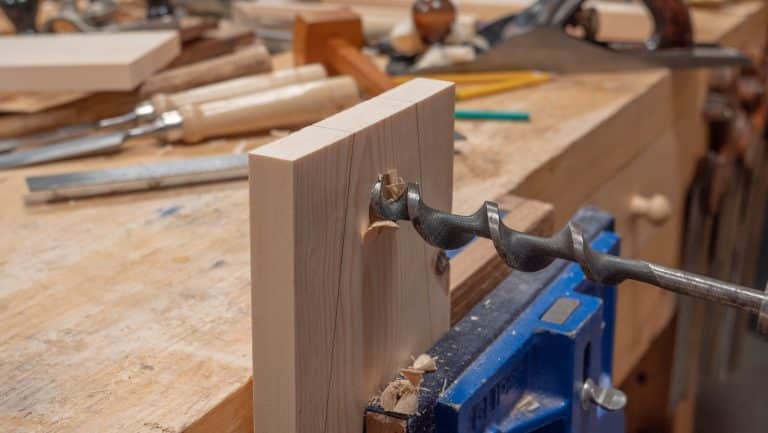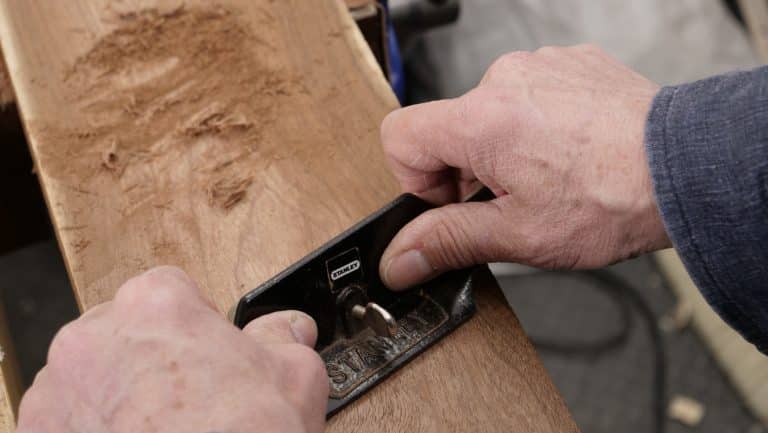Using a Honing Guide
Paul doesn’t consider these an essential tool, however he understands that some beginners may not feel comfortable starting with freehand sharpening. The honing guide is useful if you want to achieve an exact angle, however there is a bit of leeway when sharpening as chisels can be sharpened anywhere between 25-35° and plane blades can…

